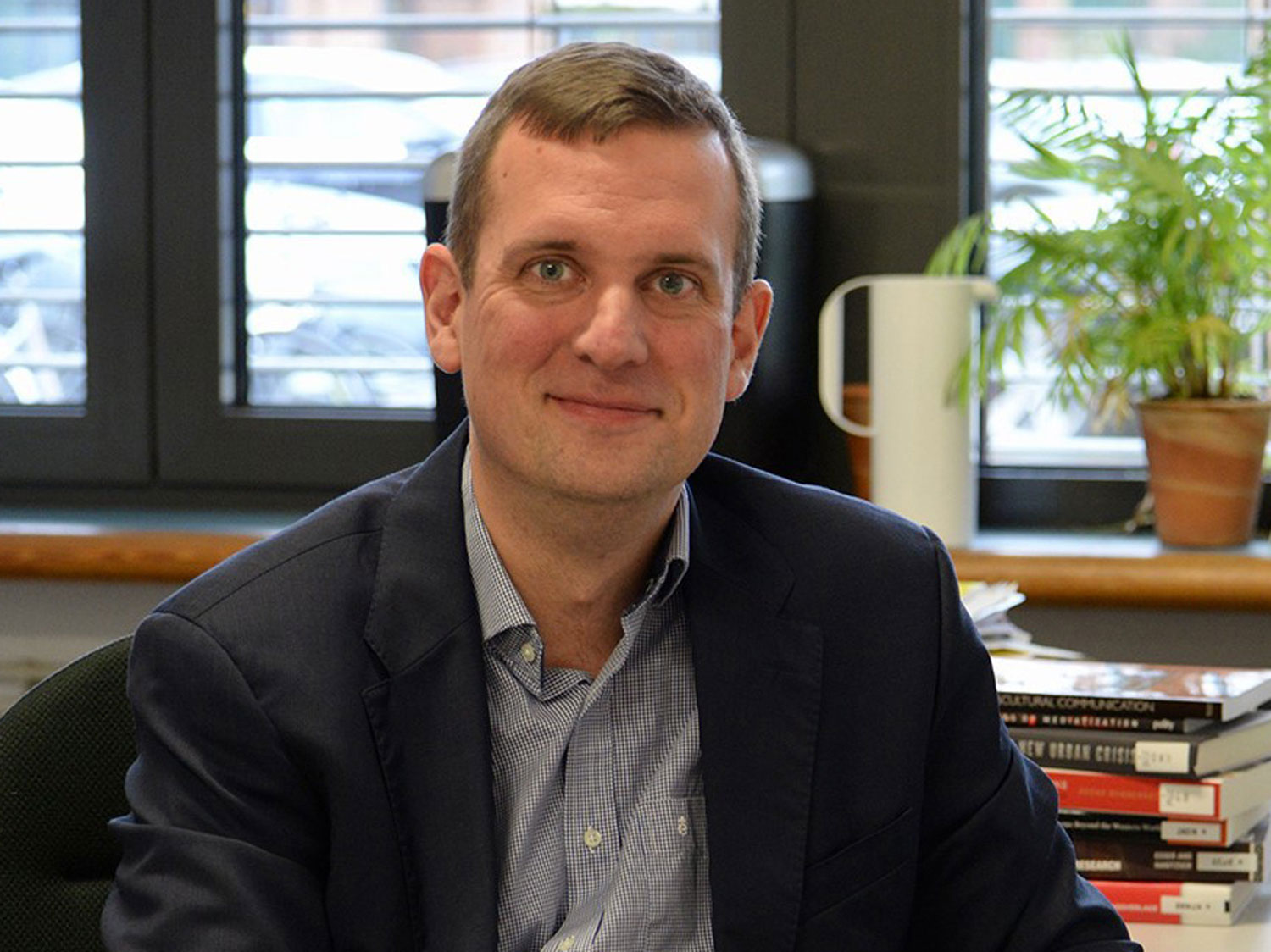
© Christian Schwier/ Adobe Stock
Constructive Journalism: The Media’s Search for Solutions
Journalism is supposed to educate and expose wrongdoing. A relatively new trend is now trying to approach reporting in a solution-oriented way
Journalists often report on crises and political wrongdoing. A relatively new trend is now trying to take a more constructive approach to reporting. Can this work, or does it contradict journalistic neutrality? Dr. Leif Kramp from the Centre for Media, Communication and Information Research (ZeMKI) has taken a look at constructive approaches to reporting. Up2date. spoke with him about this.
Journalism is supposed to educate and expose wrongdoing. Why does it also have to be constructive? Is it destructive per se to expose grievances?
One of the classic attributes of journalism is monitoring the powers that be in politics and business. It is also supposed to be a guarantor of diversity of opinion, necessary for the functioning of democracy, and an important source of orientation in difficult times. The latter, however, is not always easy for editorial offices to fulfill, as the volume, force, and negativity of ever-present crisis news increasingly weighs on many people. They tend to turn away. The trick for journalists is to uncover grievances in an investigative way and, at the same time, look ahead constructively. But journalism should never lose its critical distance.
In your study, published by the Otto Brenner Foundation, you analyzed constructive journalism during the corona pandemic. The result: Constructively communicated journalism can strengthen the culture of debate. In what way?
There are – especially in the international field – numerous approaches to constructive reporting. What the various “schools” have in common is that journalism should play a greater role in the reality of people’s lives in order to fulfill the task, which is significant in terms of democratic theory, of moderating social self-understanding. To do this, however, the population must first be reached. This task has become an issue since social communication has increasingly shifted to the internet and split up into small sub-publics in social media.
How can this be achieved?
Above all, a more intensive dialog between journalists and the public seems to be helpful, whether during the process of finding and researching topics or in the follow-up to publications. Even in the age of digital networking, far too many journalists are still pondering away in their own quiet chambers instead of engaging in an offensive exchange with the audience and using this for their work. This would also benefit the discourse hygiene of our social debate culture as a whole: Unfortunately, too little is being done to counter hate and incitement on the internet, partly because media companies are saving or investing in the wrong places.

© Beate C. Köhler
“The trick for journalists is to uncover grievances in an investigative way and, at the same time, look ahead constructively. But journalism should never lose its critical distance.”
How widespread is solution-oriented journalism in the German media, for example?
A broader field of media offerings is slowly emerging that is experimenting with constructive or solution-oriented approaches in very different ways. On the one hand, there are a number of editorial departments in this country that explicitly define themselves in terms of a constructive self-image. This ranges from online media that want to counter the established news industry to regional newspapers that are trying to fundamentally redesign local journalism – constructively. Secondly, many different approaches can be found in numerous newsrooms – from major weeklies, to special-interest magazines, to public broadcasting formats. These include, for example, accepting the complexity of the world rather than simplifying it, and communicating it to a heterogeneous audience in a differentiated but understandable way.
“Constructive journalism has nothing to do with glossing things over.”
If it is true that media consumers want to see not only crises, but also solutions, then surely the movement is also an attempt to increase readership.
For some, this is a welcome side effect; for others, it’s a business calculation. The more constructive journalism becomes a trend phenomenon, especially in times of crisis and spreading “news fatigue,” the more interested media companies that earn their (advertising) money online primarily with high reach, click numbers, and dwell times become. For genuinely constructive media offerings, which are supported by advertising-free membership models, for example, it is of course also important to increase their users’ willingness to pay by the way they report.
Can journalism that seeks good news be objective?
Glossing over things has nothing to do with constructiveness. The misperception that solution-oriented reporting primarily spreads “good news” may be due to the argumentation of some of the field’s pioneers, who wanted above all to distance themselves from the problem and conflict fixation of journalistic practice. Instead, it’s about rediscovering classic values and rule structures in journalism, a holistic view of world events complemented by the question, “What now?”
Isn’t it also bordering on activism?
As multifaceted as journalistic practices and forms have become against the backdrop of the profound mediatization of culture and society, there is friction, blending, expansion of boundaries. In the digital engagement economy, journalism as a whole has a hard time, has to assert itself in the confusing mix of online content, and thus faces all manner of difficulties. It also generally happens that journalists no longer report as neutral observers, but actively support certain goals, even take sides, fall for political positions, or exaggerate their own sense of purpose. As a result, their critical independence and non-partisanship are in danger – an asset that cannot be valued highly enough, even in constructive journalism.
The study by Leif Kramp and Stephan Weichert is avaible on the Otto Brenner Foundation website.